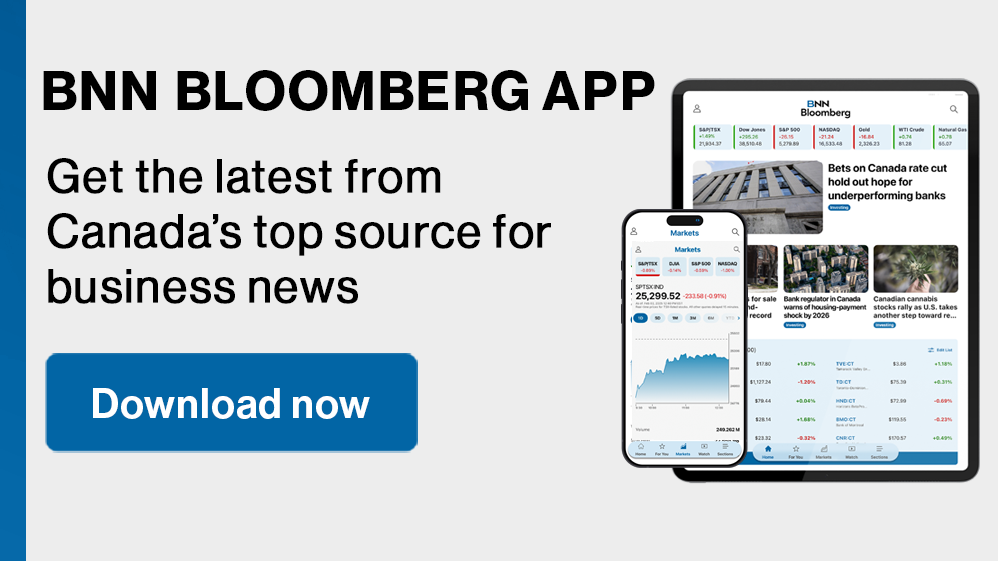(Bloomberg) -- Crude-oil exports from Russia’s main Pacific terminal remain robust as shippers and traders — yet again — work around a fresh batch of curbs from the US, enlisting a new roster of vessels to keep barrels moving.
Between Jan. 30 and Feb. 16, none of the sixteen tankers that loaded ESPO crude from the eastern port of Kozmino was on the US sanctions list, data from Bloomberg and Kpler show, after Washington broadened curbs early last month. Half of them are new to handling the local ESPO grade, data show.
Oil traders are closely tracking Russia’s ability to keep shipping crude to global markets, with direct talks between the Trump administration and Moscow in Saudi Arabia over a potential settlement in Ukraine raising questions over whether sanctions may be loosened. Flows from Iran — another US target — have proved to be similarly resilient, despite renewed threats to clamp down.
Since late-January, many of the vessels that were new to the ESPO trade sailed under so-called flags of convenience, including Panama, the Cook Islands, Sierra Leone and Djibouti, data show. All but one of the ESPO cargoes were bound for China — popular destinations include Dongying, Huizhou and Dongjiakou. Most of the ships are owned by companies registered in Shanghai, Hong Kong and Seychelles, according to data from Equasis.
Freight rates for the Kozmino-to-Asia route did spike after the latest US sanctions — among the final salvos from the Biden administration — then faded. At present, the fee is about $5 million for the three- to five-day voyage to China, accoding to shipbrokers and a Chinese private refiner. That’s up from $1.5 million before Jan. 10, but down from a peak.
©2025 Bloomberg L.P.


